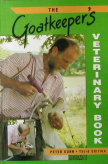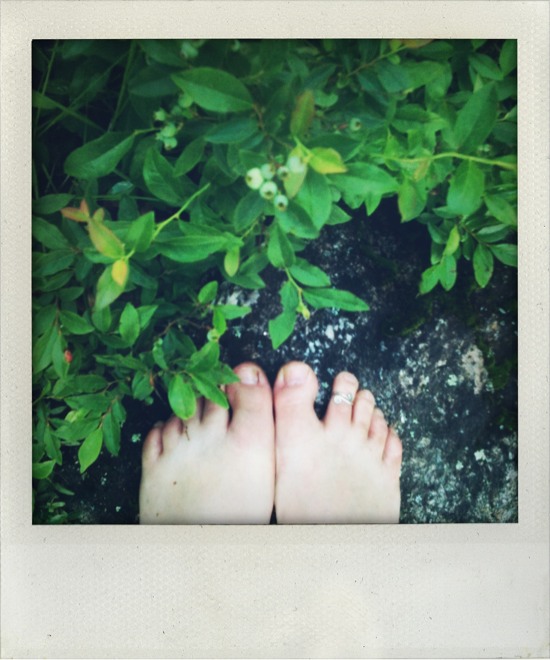 The Portland Press Herald published this article recently about the localvore simplicity of homemade cheese. I found this article through the blog of the Maine Cheese Collective. I recently published the recipe from Gourmet for homemade mozzarella cheese, but the uncanny timing of this article can't go unnoticed. I just returned from a week long trip to New York City, where I was able to dine on any ethnic food I could choose. From American to Italian to Indian to Brazilian and ending with an American Australian - my final meal one morning in Brooklyn was markedly the best. My daughter's Godmother and I ate in Greenpoint at Five Leaves and it was a treat to say the least. The cafe which opened 7 months ago was financially backed by the late Heath Ledger, another yummy favorite of mine. I chose for breakfast the Sage scrambled organic Eggs
The Portland Press Herald published this article recently about the localvore simplicity of homemade cheese. I found this article through the blog of the Maine Cheese Collective. I recently published the recipe from Gourmet for homemade mozzarella cheese, but the uncanny timing of this article can't go unnoticed. I just returned from a week long trip to New York City, where I was able to dine on any ethnic food I could choose. From American to Italian to Indian to Brazilian and ending with an American Australian - my final meal one morning in Brooklyn was markedly the best. My daughter's Godmother and I ate in Greenpoint at Five Leaves and it was a treat to say the least. The cafe which opened 7 months ago was financially backed by the late Heath Ledger, another yummy favorite of mine. I chose for breakfast the Sage scrambled organic Eggs WHOLE MILK RICOTTA
1 gallon whole milk, pasteurized or raw
1 teaspoon citric acid
1 teaspoon salt
In a large stockpot, combine milk, acid and salt. Heat to 185 to 195 degrees, stirring often. Do not boil.
As soon as the curds and whey separate, turn off the heat. The whey should look somewhat clear rather than milky. Let sit for 10 minutes. Line a colander with cheese cloth and place in a large bowl. Ladle the curds into the cloth. Tie the corners of the cloth together and hang for 20 to 30 minutes.
You can hang the cloth from a knob on a kitchen cabinet or use a wooden spoon through the knot to hang over a deep container.
Eat immediately or refrigerate for up to two weeks.
Makes 3 to 4 cups (11/2 to 2 pounds).
As a parting shot, and reminder to go to Five Leaves, my favorite part of the decor was the bathroom door which though baffling at first approach, turns out to be a recycled boiler door.






















